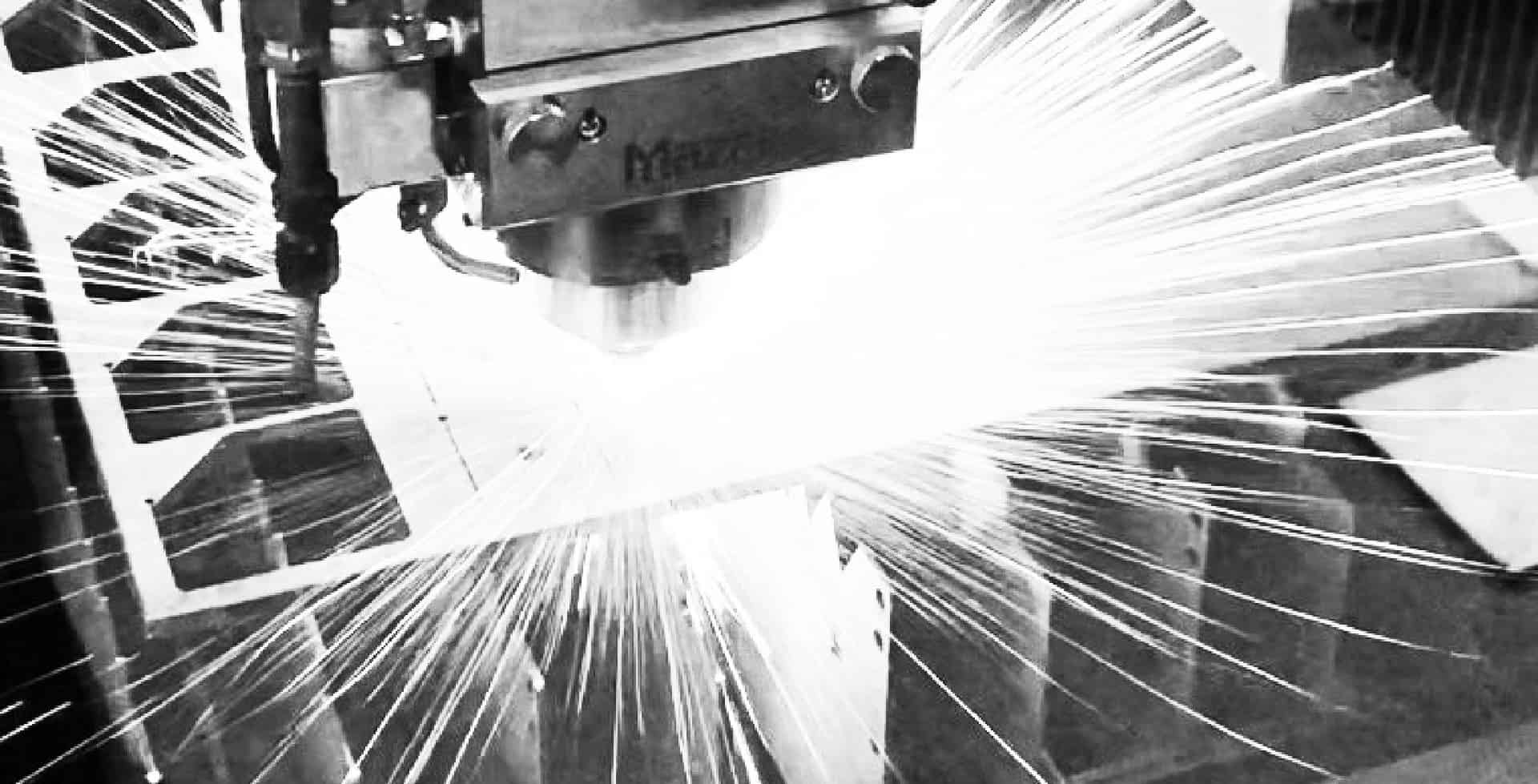Placing Collection Points for Industrial Dust Collection Systems

Industrial dust collectors generally have multiple collection points—also called pickup points. Determining where to place these collection points in your facility should be based on several factors, from the type of material being collected to workers’ health and wellness.
By choosing optimal locations for localized dust collection, you are likely to maximize system air flow, reduce energy costs, and most importantly, improve safety and environmental conditions for your employees.
Considerations for placing pickup points for industrial dust collection
Types of dust collection pickup points
Two primary dust collection systems exist:
- Point source collection: The collection point is at the source or work station of the product being created (e.g. welding or grinding booth). Two considerations should be made with this type of pickup point:
- Collection should keep essential material at the product source while removing unwanted particles.
- The ventilation system should be designed not to plug if the material being collected has a high moisture content.
- Area collection or general ventilation: The terms are synonymous for this alternative to a point source collection. This type of collection follows the concept of the “solution to pollution is dilution.” In this case, the dilution is with air. While the design for this solution is simple, it results in high operating costs. In most cases, we prefer—and will recommend—point source collection.
IVI can help you determine the best placement for your ventilation system’s collection points. By using our airflow analysis tool, IVI Flo, we are able to visualize airflow within your system to identify areas for new collection points in an existing facility or to ensure maximum efficiency in a new facility.
Considerations for the number and placement of collection points
- The type of material collected
- The work station where material is collected
- The capture velocity requirements
Types of material being collected
Your dust collection system should be engineered for maximum efficiency so as to pick up particulates that are not needed while leaving behind valuable product. For example, when corn in an ethanol plant is dumped in a hopper, the dust collection system should pick up residual dust but not corn kernels. IVI is able to design such a system.
Work station where material is being collected
The number and types of work stations within a facility determine how many collection points will be included in a design.
However, an existing facility may have limitations to the ideal placement of pickup points, including the location of and accessibility to the work station. In these cases, we may recommend moving a work station or adding work stations where pickup points can be easily placed. This will greatly improve efficiency and worker safety.
Capture velocity requirements
Capture velocity is the amount of air velocity needed to overcome air currents in order to pick up particulates. Capture velocity is dependent on the collection point’s hood airflow rate and configuration.
Well-designed collection points use less air volume and exhaust volume. In many cases, this results in better performing ventilation systems and hoods.
Why it’s good to have an engineered system
The advantages of investing in a system designed with all of these considerations in mind include cost and safety benefits. Your entire ventilation system will function efficiently for maximum cost benefits, and when done right, the work environment will be cleaner, leading to healthier, happier and more productive employees.
IVI engineers do not design generic systems. Instead, they develop dust collection systems to meet your specific needs.
Worker safety considerations for optimal placement
The safety and health of workers are critical to consider when placing an industrial dust collector’s pickup points. The Chemical Safety Board shows there were 281 combustible dust incidents between 1980 and 2005 resulting in 119 fatalities and 718 injured workers. Designing dust collection systems with caution mitigates safety risk.
The best practice is to meet or exceed all Occupational Safety and Health Standards (OSHA) regulations. Other regulatory requirements for industrial dust collection systems include:
- Air-to-cloth requirements
- Emissions efficiency requirements
- Stack dispersion requirements: stack height, stack velocity and testing
- Explosion mitigation regulations: KSt value of dust/waste stream
IVI, Inc. helps client partners develop customized industrial dust collection solutions. Contact IVI today to talk about your unique needs.